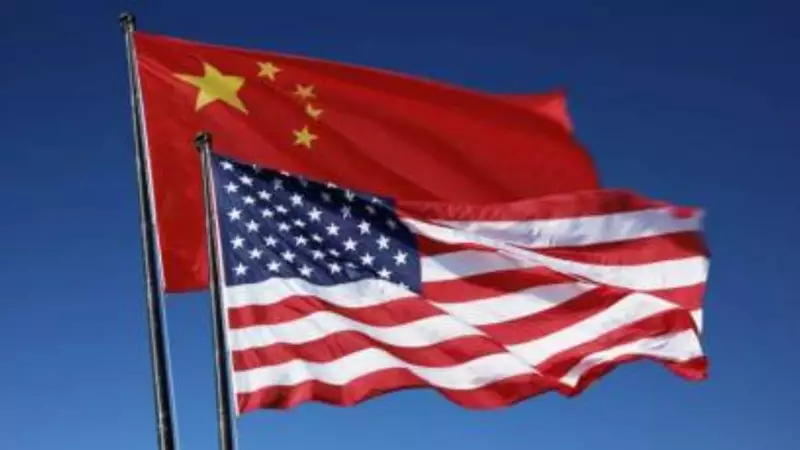
In a significant development that could reshape global technology trade, the recent truce between the United States and China has opened the door for potential negotiations over America's stringent national security controls. What was once considered non-negotiable is now appearing on the bargaining table, signaling a potential shift in how technological dominance is maintained in the increasingly complex US-China relationship.
The Changing Landscape of Export Controls
For years, Washington has maintained that its export restrictions on advanced technologies—particularly semiconductors and related manufacturing equipment—were matters of national security and therefore beyond negotiation. However, the recent understanding reached between the two economic giants suggests that these controls might now be subject to discussion, marking a notable departure from previous US positions.
The implications are profound for global supply chains and technological development. American companies that have been caught in the crossfire of these restrictions may see new opportunities emerge, while Chinese tech firms could gain access to previously restricted technologies.
What Prompted This Strategic Shift?
Several factors appear to be driving this potential policy evolution:
- Economic Realities: The interconnected nature of global technology supply chains makes complete decoupling increasingly impractical
- Diplomatic Pressures: Both nations recognize the need for stability in bilateral relations amid ongoing tensions
- Industry Advocacy: American tech companies have been lobbying for more predictable trade policies
- Global Competition: The rapid advancement of Chinese technology despite restrictions has prompted reevaluation of current approaches
The Semiconductor Standoff
At the heart of these discussions lies the semiconductor industry—the cornerstone of modern technological advancement. US restrictions have targeted China's access to advanced chips and the equipment needed to manufacture them, citing concerns about military applications and human rights issues.
However, the effectiveness of these measures has been questioned as Chinese companies continue to make progress in developing domestic capabilities. This reality has forced policymakers to reconsider whether outright restrictions remain the most effective strategy.
Potential Outcomes and Global Implications
Should negotiations proceed, we might see:
- Gradual Easing: Selective relaxation of certain export controls while maintaining core security protections
- New Frameworks: Development of more sophisticated monitoring and compliance mechanisms
- Multilateral Approaches: Greater coordination with allies to create unified technology trade policies
- Reciprocal Concessions: Potential Chinese commitments addressing US security concerns
The technology truce represents more than just a temporary pause in tensions—it potentially marks the beginning of a new chapter in how great powers manage technological competition in the 21st century. As both nations navigate this complex terrain, the outcomes will undoubtedly shape the future of global innovation and economic security for years to come.





